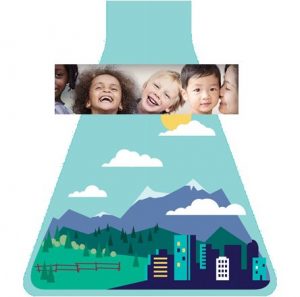Stakeholder organizations are often divided into different categories to help others navigate the nonprofit sector. The categories typically include: Education, Basic Needs, Arts & Culture, Health, Religion, Youth/Family Services, Environment & Conservation, Animal Welfare, International Affairs, Policy and many others.
To be sure, each of these categories addresses content with which advancement officers need to become expert to be able to thoroughly and persuasively engage in conversations with donors, coworkers and other stakeholders. Advancement professionals need to be familiar with various diseases and healthcare financing if in healthcare; repercussions of climate change for environmental organization, pedagogy in education and so on.
In addition to knowing content, however, advancement officers need to be able to relate the content to the common denominator of all of these stakeholder organizations categories…benefit to people. With rare exception, the work of all stakeholder organizations trace directly to people who benefit from their mission and work. It is easy to lose sight of this when steeped in the details of higher education, biomedical research or animal welfare.
For us to most effectively do our jobs – to represent and raise money for our organizations – we must always keep top of mind how our organization’s mission intersects and benefits people.
· Animal welfare and adoption helps families secure and care for their furry family member, or helps lonely people with companionship.
· Biomedical and inorganic research helps to create medicines, products and systems that help people, businesses that employ people and environments full of communities.
· Arts and culture serve to entertain, inspire and reinforce cultural roots for everyone.
· Historic preservation and interpretation keep us connected to our past and help us remember the lessons of history to inform contemporary wisdom.
Throughout my career, it has been a challenge to frame my work around the connection to this basic understanding that everything we do is for and about people. For some organizations, this connection is direct and obvious, but for others, it requires discipline and awareness to integrate this awareness into all that we do.
Your takes:
1. Remember to include in your case statements the connection between the technical and the human.
2. In conversations with donors, be prepared to connect the dots to human benefit.
3. Try to regularly remind volunteer and executive leaders of the connection between their work and the benefits they are providing to people.


